The North South Rail Link has been bubbling up in the news recently (only partially because of me); perhaps as Boston realizes that it won’t meet the needs of the next century by expanding on the mistakes of the past. Now comes word that a Harvard-led team examined the cost of the project and found that while it would be costly, it wouldn’t be the $15 billion Big-Dig-esque boondoggle the Romney administration feared when it sidelined the project in 2006. (Remember that when the T doesn’t want to build something, they just make up numbers.) Given the immense savings from the project and the potential to free up huge parcels of prime real estate (that’s the topic of another post entirely), the $4 to $6 billion proposal is right in the ballpark of where a realistic cost-benefit analysis would show long-term benefits, despite the initial cost.
But I’m not going to touch on that (today, at least). I am going to touch on a mistake that everyone makes when they talk about the NSRL: the inclusion of North Station. That’s right. I don’t think North Station belongs in the North-South Rail Link, because North Station is not now—nor has it ever been—in the right location. Since we’re talking about building an entirely new station 80 feet underground, there’s no rule which says that we have to have the exact same stations. South Station belongs. North doesn’t.
Let’s look at the current downtown stations in Boston. Here’s South Station and Back Bay, showing everything within a half mile:
South Station is surrounded by some highway ramps and water, but otherwise well-located in between the Financial District and the Seaport, and it also has a Red Line connection. Now, here’s North Station:
See the problem here? Note how nearly everything to the north of North Station has no real use: it’s highway ramps, river, and parking lots. No housing. No jobs. So that when people get off the train at North Station, they almost invariably walk south, towards South Station. You could move North Station half a mile south and pretty much everyone would still be within half a mile of the train station. North Station has never been in the right location, but is there as an accident of history: it was as close in as they could build a station nearly 200 years ago (well, a series of stations for several railroads) without bulldozing half the city. It’s the right place for a surface station, but if you have the chance to build underground, it’s not.
Most NSRL plans try to mitigate this with a third, Central station, somewhere near Aquarium Station, but this has the same issue as North Station: half of the catchment area is in the Harbor:
This would give you three stations doing the job of two. Each train would have to stop three times, but the two northern stops could easily be replaced by a single stop somewhere in between. I nominate City Hall plaza. It would connect to the Orange, Green and Blue lines (at Government Center and Haymarket) and, if you draw a circle around it, it wouldn’t wind up with half of the circle containing fish.
North Station would still be served by the Orange and Green lines, and it would allow the North-South Rail Link to serve the efficiently and effectively serve the greatest number of passengers. A pair of stations in Sullivan Square and near Lechmere could allow regional access to the areas north of the river, which would sit on prime real estate if the tracks were no longer needed (they’d be underground). Since stations are much more expensive to build than tunnels (you can bore a tunnel more easily than a station), it might wind up cheaper, too.
Putting it all together, here’s a map showing the areas accessible under both the two-station and three-station schemes. Shown without any shading are areas within half a mile of the stations in both plans. Red areas are areas which are within a half mile of the three-station plan but not the two station plan, blue areas are within half a mile of stations in the two-station plan but not the three-station.
This shows that if you are willing to put a station in the vicinity of Government Center, you can get the same coverage in downtown Boston with just two stations. You lose the areas shaded in red, but these are mostly water and highway ramps. Instead, you gain most of Beacon Hill and the State House. It seems like a fair trade. (Yes, you lose direct access for Commuter Rail from North Station during major events at the Garden, but a Government Center/Haymarket station would only be a six minute walk away, or a two minute ride on two subway lines.)
In Commonwealth Magazine, I said that we shouldn’t double-down on the mistakes of the past by building larger, inefficient stub-end terminals. The same goes for North Station. The station itself is in the wrong place. If we build a North-South Rail Link, there’s no need to replicate it just because it’s always been there. Downtown Boston is compact enough it only needs two stations (plus the third at Back Bay). North Station isn’t one of them.

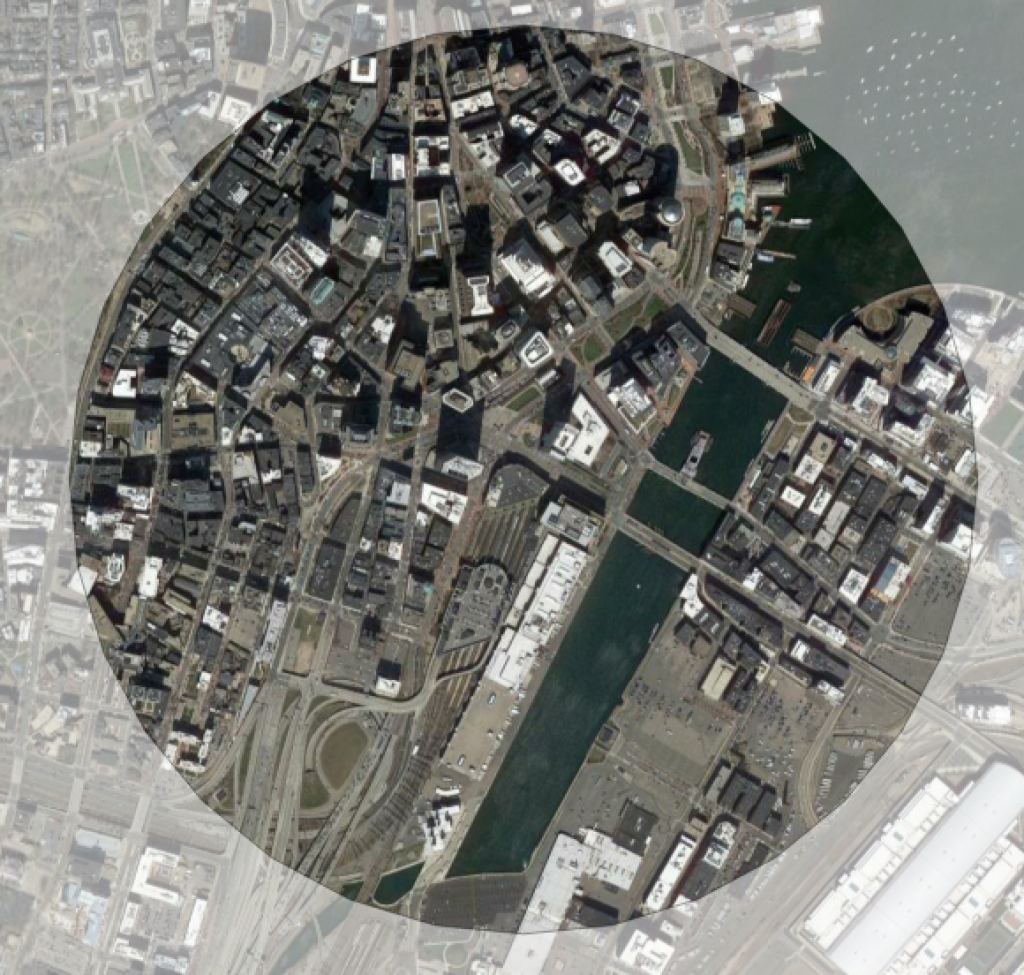
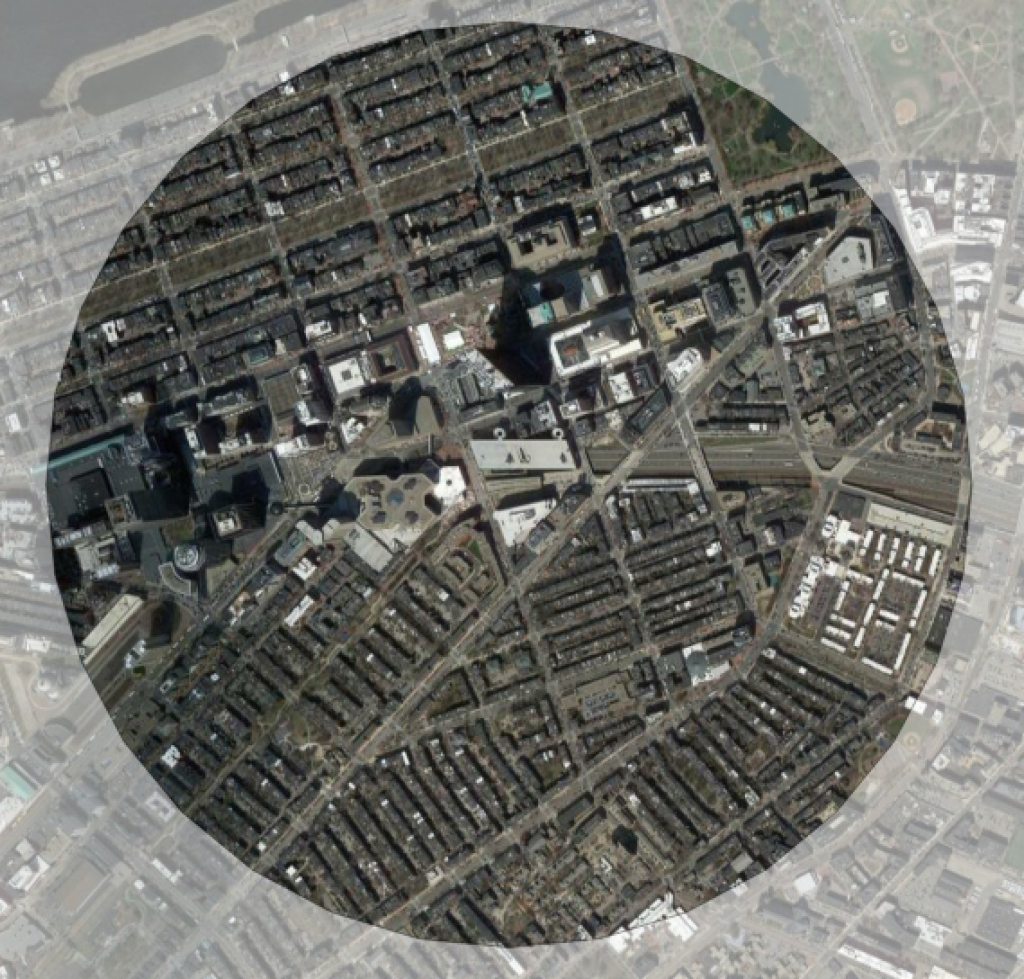

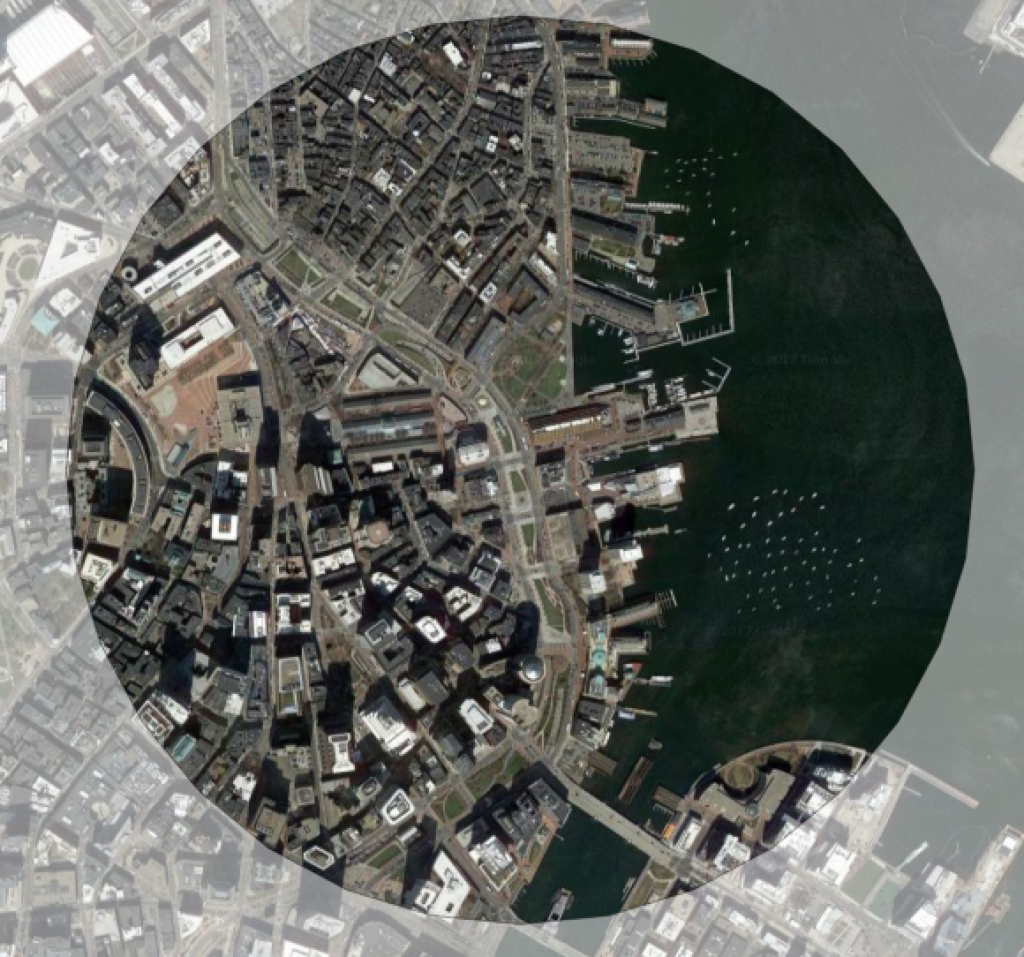
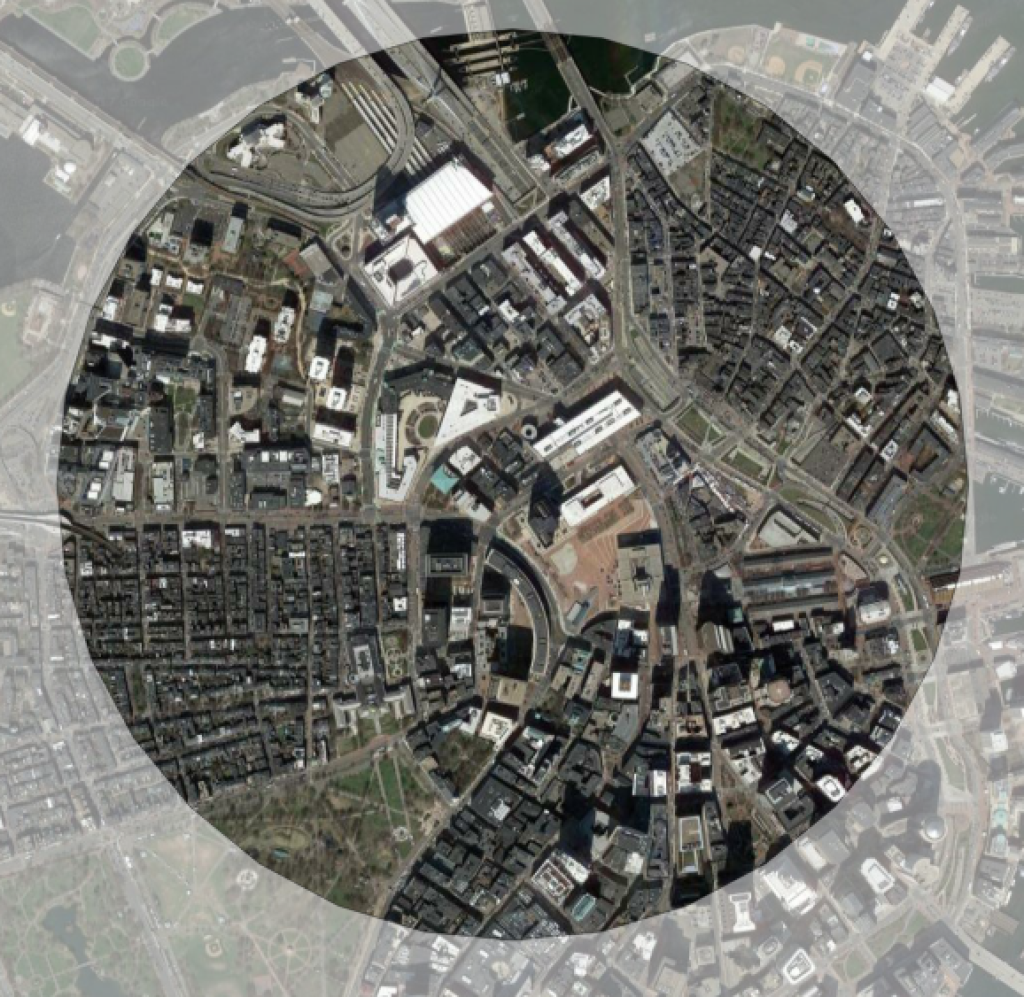
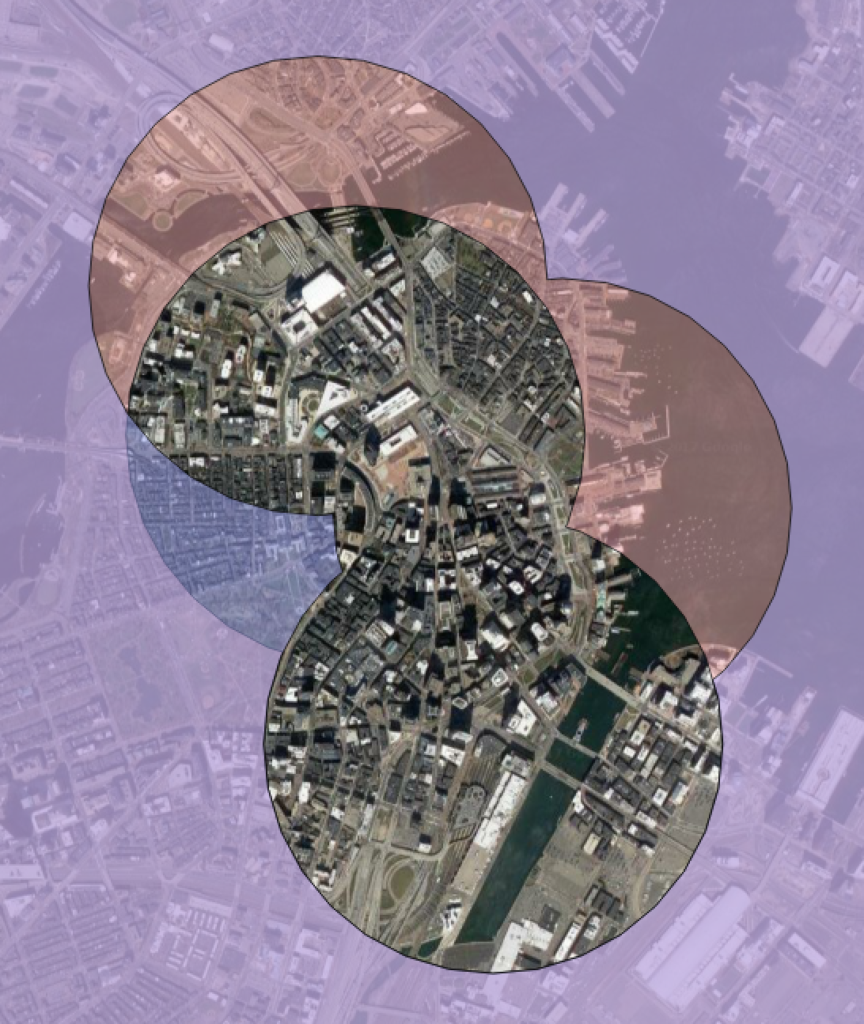
Problems:
1. NSRL is supposed to be done with large-diameter TBMs. This means the cost of building an additional station is low – it just needs vertical access.
2. There's space for NSRL under the Big Dig. There's no space at Government Center. Tunneling to Government Center means redoing all the geological work that made the Big Dig such a pain. The soil under the Big Dig is clean dirt with no surprises, left in there for NSRL construction.
I think the North Station site is to the south of North Station anyways essentially running from the southern end of the North Station stop on the green and orange lines to Haymarket Station so I think it will be shifted close enough to the south that it mostly achieves the goal mentioned in the post anyways as long as exits are provided from the southern end of the platform.
I was going to post what Alon has pointed out. But to add one more point, there is an advantage to pulling the underground North Station further south along the CA/T alignment, away from the water, and that's to make the station easier to build and access.
A station along the CA/T alignment but shifted closer to Haymarket gets nearly all of the benefits as the Gov't Center location would but should be a lot easier to build than a Congress Street alignment for the NSRL.
Functionally, some trains will probably still stop at the surface stations. Riders in those trains will need easy access to transfer to a thru running train. That's another reason for keeping North Station.
The number of stations is going to be a tradeoff, because of capacity. The capacity of plain train line through a station is determined by the sum of the dwell time and platform reoccupation time, and the capacity of a line is determined by the lowest-capacity station. Platform reoccupation time can be assumed to be the same for all stations on a line like the NSRL, so the line capacity will be a linear function function of the maximum dwell time. Now, where does dwell time come from? Well, at crowded downtown stations, it's determined by how fast you can get people on and off the trains. If you have only one downtown station, you end up with basically the entire train getting off there and your dwell time is, say, 120 seconds. With two stations, you might have half the train getting on and off at each and the dwell time would 60 seconds. With three stations, assuming ridership is evenly distributed, you'd have a dwell of 40 seconds at each. Of course you can achieve similar gains in capacity by simply doubling (or tripling) the number of platforms at the single busy station, but in many cases it's better to have the platforms at different stations and serve more destinations than to build them all in the same place.
North Station isn't really downtown, though. South Station and Aquarium/Central Station are, but North Station is too far north. This is why the mode share for commuter rail is higher on the south side than on the north side – better CBD access.
What's the current mode share of commuter rail use for the Garden right now? How does it compare to say MSG or Barclays? Don't want it to be the tail wagging the dog, but it's an interesting issue.
@Alon, definitely a consideration, but how sure of this are we? There were a lot of obstructions in building the Big Dig, but I would assume that most of them were in the top 30 or 40 or 50 feet; I can't imagine there's much in the clay further below (I also have no idea what the substrate is like that far down). There's some risk in building outside the envelope, but perhaps some reward, in the name of a more functional, less expensive project, especially since digging out vertical circulation seems like it would be easier in an open area like City Hall than along the Artery. Was the original 1990s-era plan to use TBMs or more of a mining technique?
The other thing, regarding station dwell times, is that it may be just as important to design the stations and cars for minimal dwell times (passenger flow, mostly), and to look in to what it would take to have platforms on both sides of each track. The other question is how you get vertical circulation in to a station in the Aquarium-Haymarket area under the Central Artery (which would also work as a "central" station, while maintaining connections to the various subway lines). The point, I think, still stands: the stations on a Rail Link should either be North-Central-South, or Central-South, but not North-South as is often posited.
100% agreed that North-South shouldn't even be considered as an option, unless "North" means a station with its north exit at Haymarket.
I don't quite follow your proposal. Would all the trains be through-running? It was my understanding that only some service would be, meaning that North Station, with its surface platforms, would still be valuable.
I also think it's possible for some of the nothing near North Station to get filled in.
If the Red-Blue Connector were built, would a second station be neccesarry at all?
This is OT…you don't (not unreasonably) have an email address listed, so I'm putting this here…
What's up with MA not investing in infrastructure?
I left here in 1991 (was a PhD student). Came back in 2013 and now live in a suburb N of the city, within 128. I'm just appalled at the lack of infrastructure. While the lack of investment in mass transit is really stupid, it's par for the course in the entire US. (Doesn't excuse it, of course.) But you've also got wealthy suburbs like Lexington with really, really high property values that refuse to put traffic lights at intersections that obviously need them. What the hell is up with that? MA is supposed to be "liberal," and as a card-carrying liberal one thing I can say "we" believe in is infrastructure.
Traffic lights?!?!? Heck, MA doesn't even put up street signs with the names of BOTH streets on every corner. It's just plain goofy.
Yankee thrift overrides liberal sensibilities. It's an issue of culture and priorities, not money. Mass does not plan regionally (MAPC doesn't count); it has always been one of the most provincial states in the country, and the 351 fiefdoms are each loathe to take on the cost of infrastructure funding alone.I'm from the North Shore and moved away a decade ago, and every time I come back to visit, the ability to simply get from one place to another in a reasonable amount of time within the Greater Boston gets a little worse. Route 128, I-495, and all of the regional arterials are simply oversubscribed with private vehicles and there is no viable plan to fix this.
Thanks for spending your valuable time in delivering the most valuable content here.I loved the way you write and suggest my friends too for getting aware of your blogs.
Pawn Loans
Pawn Shops near me
Pawn Shops in Montgomery
Pawn Shops in Birmingham
Pawn Shops in Mobile
We need North Station included because you need to be able to go right from North Station Commuter rail and subways to Central station to South station… by not including North Station the point of the Central station is Moot.
If you need a north-south station link, here is your solution. Get on the Red Line at South Station and transfer one stop to Downtown Crossing and take the orange line to North Station.
Or walk from South Station to Downtown Crossing and take the orange line. Or you could get off at Back Bay Station and take the orange line directly to N. Station.
Until then, keep dreaming! Green line to Somerville/Medford should be a priority and how about the Blue Line to Lynn.